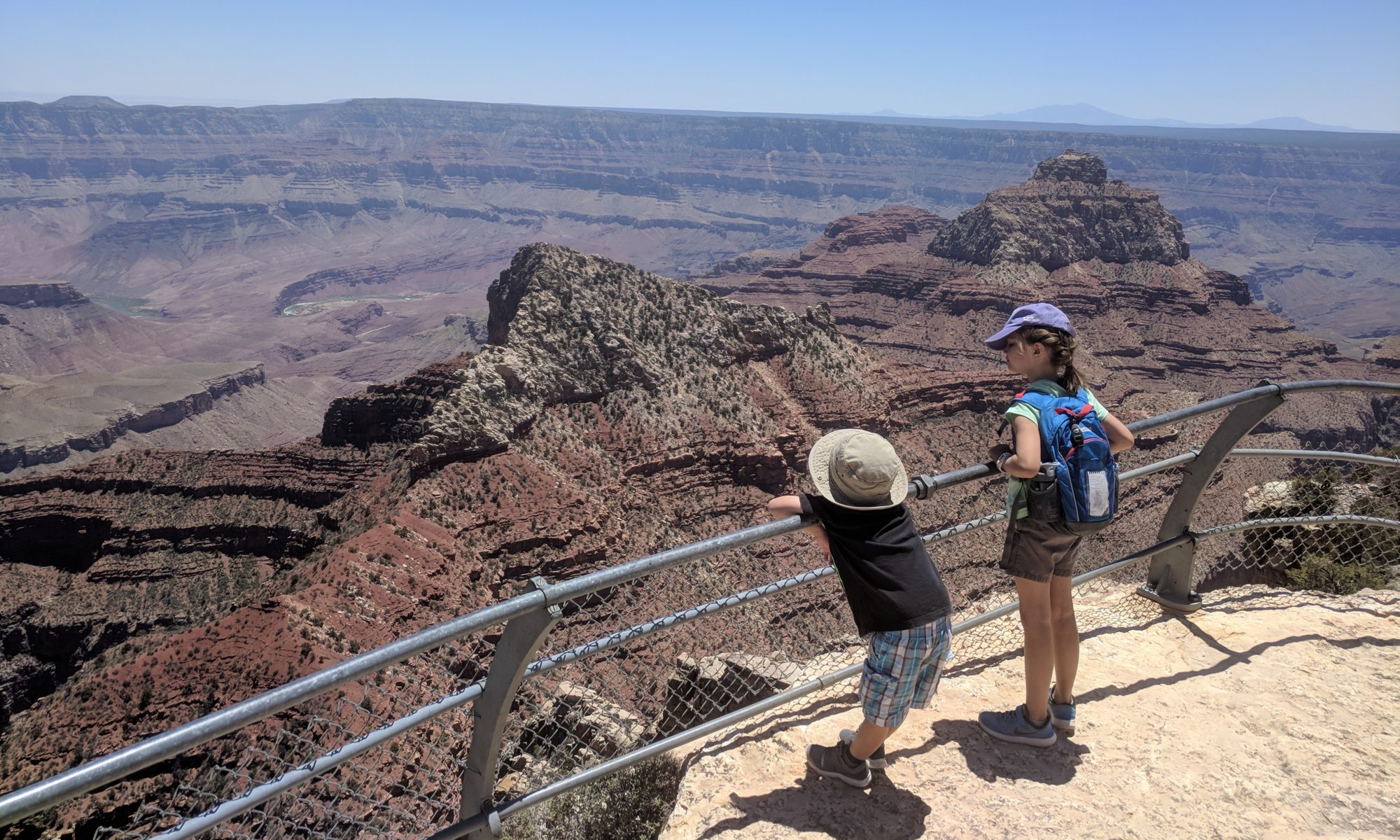Now that I’ve been working at the University of Iowa for over 3 months, I figured I’m past-due to explain what exactly I’m doing. Honestly, it takes about that long when you’re in a new job like this to figure out what’s going on, who you’re working with, and what the general trajectory of the position really is. Suffice to say, it’s all been very interesting thus far and I’m enjoying myself.
As I’ve stated before, I’m a “Postdoctoral Research Scholar” in the College of Pharmacy at the University of Iowa. A “Postdoc,” as we’re commonly referred to, could be equated with a medical doctor’s “Residency” period. At this point in the career, you are above a Graduate Student (i.e. no longer taking classes), but you’re still below a full Faculty Member (i.e. no responsibilities with committees, teaching, etc.). Basically, you have more responsibility and freedom than you did as a Grad Student, but you still report to a mentor for training and guidance. I have been adjusting to this dynamic over the past three months, but it will probably become more apparent as the school year starts and the graduate students in the lab start attending various functions that I’m not required to attend anymore.
Speaking of which, the other students in the lab are cool. They certainly aren’t like what I experienced at Saint Louis University (no alcohol allowed on campus…stupid public schools… :-P), but they are a dedicated bunch that do good science. This is also a larger lab environment than I became accustomed to at SLU, with 4 graduate students and a lab manager (and now a postdoc) in this lab alone, plus all of the other students in the other labs we work with. The grad students in our lab are working on related, yet different, aspects of Parkinson’s disease, ranging from the effects of neurotoxins on PD-like symptoms to protein binding to dopamine metabolism. One thing I’ve noticed is that this lab is much more Chemistry oriented than anything we had at SLU. Considering that I haven’t taken a Chemistry course in over 5 years, I’m having to remind myself and/or re-learn some basic concepts that I haven’t had to use since then.
However, that’s kinda the point of a postdoc. The general rule of thumb in choosing an appropriate postdoc position is to a). use techniques you already know in a different scientific field, or b). stay in the same scientific field but learn completely new techniques. I would fit into the latter category, as I’m still working in PD research, but I’m using Chemistry much more than I did in Grad School. The ability to use mass spectrometry as an analytical technique is especially exciting in that it’s something I’ve wanted to learn more about since Undergrad, but haven’t had access to the equipment to learn on. Now I do, and I have a variety of scientific questions built up in my head over the past few years of things to look at.
I have just started working on a grant. The National Institutes of Health (NIH) is the primary government entity that provides scientific research funding, and they offer an F32 grant for Postdocs designed to help defray the cost of their employment, but also provide the funds for you to train in things you don’t know much about. The application is due in December, so I’ve got some time, but right now I’m working on getting some preliminary data to include in the 6 page research design portion (6 pages is very, very little…I could write 20 pages today on the subject, but figuring out what is important and what isn’t will be the challenge). The NIH has a relatively high fund rate for F32s, but the award is by no means guaranteed. I’ve never submitted one before, but I’m going to do my best to write the best one I can.
Regardless, the lab itself is a good learning environment and I’m learning more and more about my co-workers every day. It took awhile to figure out all of their “inner-workings” (i.e. who will take to my sarcastic personality and who won’t…), but I’m getting closer. The science itself is very interesting and I feel like I’m learning, hopefully preparing myself for what lies ahead.

